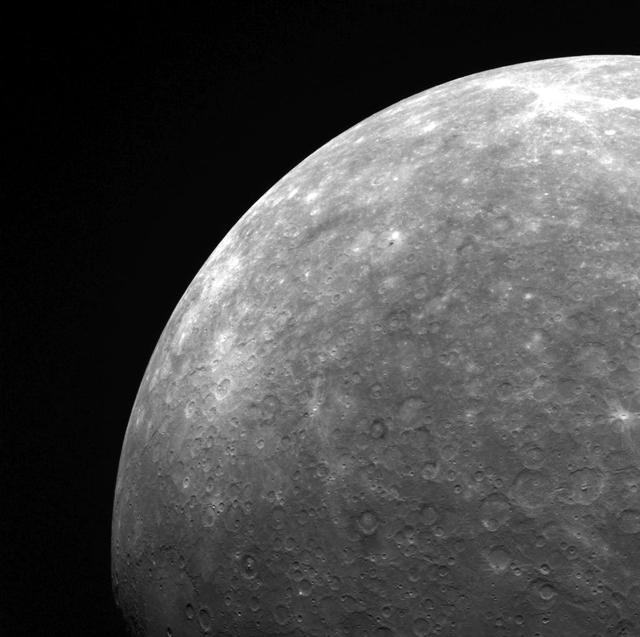Starwatch for September 2024
Written by John Del Re on September 23, 2024
Hello! I’m Karl Hricko of United Astronomy Clubs of NJ and the National Space Society, bringing you the September Starwatch for WNTI – the sound of Centenary.
The astronomer who compared the motion of the planets to the sound of music was Johannes Kepler, known for his three Laws of Planetary Motion. His idea of connecting the frequency of planet orbits to the frequency of musical pitch was presented in his book “The Harmony of the World” – the idea of Converting planet speeds into musical tones. Kepler believed that each planet emits a tone that varies in pitch as its distance from the Sun varies from its near point to its far point in orbit. Mercury is the soprano, Venus and Earth are altos, Mars is the tenor, and Jupiter and Saturn are basses.
This idea never gained widespread support. Yet, harmonic relations are known today to be crucial, through the mechanism of dynamic resonance – the vibration of one object causing a vibration in a second object, at the same frequency. This is of central importance in our current understanding of the motions of planets and moons in our solar system.
In their harmonious frequencies, the only planet visible at dusk is Venus, looking to the west in Virgo. At dawn, looking east, Mercury can be viewed just above the horizon in Leo. In the southeast, you’ll see Mars in Gemini and Jupiter in Taurus. Then to the west, ringed Saturn is floating in Aquarius. Also keep in mind that our autumn will begin on Sunday the 22nd at 8:43 AM.
So as you look up at the heavens, this month, you may not hear the music of the spheres, but you will see the rhythm of the planets
Until our next Starwatch – Don’t forget to check out … What’s up in the night sky!



